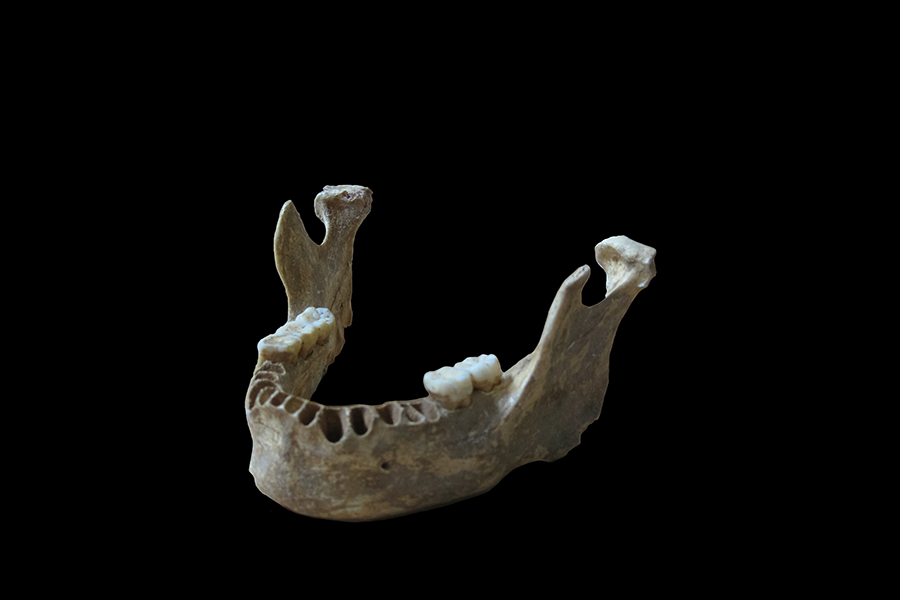Why Neanderthals may be lower in your family tree than you thought
Loading...
Modern humans and Neanderthals may have interbred more recently than we previously thought.
Homo sapiens, the species to which all modern humans belong, appear to have interbred with Neanderthals around 40,000 years ago, according to analysis of a jawbone found in a Romanian cave system. Anthropologists had previously found evidence that early humans had interbred with Neanderthals some 55,000 years ago, most likely in the Middle East. This new find is the first evidence to suggest that interbreeding may have taken place in Europe as well.
An international team of researchers has published an analysis of ancient genetic material extracted from the bone, which belonged to an early Homo sapiens settler in Europe. The results, detailed in the scientific journal Nature, found that six to nine percent of the individual’s genome is from Neanderthals, more than any other modern human sequenced to date. Present-day Europeans have between 2 and 4 percent in their genome.
Since DNA can progressively break down and become diluted with in each successive generation, the size of the Neanderthal presence in the genome suggests that the interbreeding between the two species of ancient man occurred just a few generations before the individual was born.
David Reich, a professor at Harvard Medical School and a co-author of the paper, said the find was “an incredibly unexpected thing.”
“In the last few years, we’ve documented interbreeding between Neanderthals and modern humans, but we never thought we’d be so lucky to find someone so close to that [interbreeding] event,” he said in an interview with the BBC.
The finding supports previous research and analysis showing that modern humans probably interbred with Neanderthals shortly after leaving their African homeland. Analysis of ancient remains from sites across Europe suggest the two species co-existed for roughly 5,000 years – hunting the same animals, and possibly even exchanging ideas and culture – before the Neanderthals went extinct around 40,000 years ago.
It had previously been believed that the spread of Homo sapiens had been responsible for the decline of Neanderthals, either through warfare or the transmission of diseases. But these recent discoveries suggest there may have been other factors, including a very cold period that hit Europe around 40,000 years ago.
The individual may not be a direct descendent of modern Europeans, however. The remains from the Peștera cu Oase cave system in Romania – first discovered in 2002 – suggest that the individual had more in common genetically to modern East Asians and Native Americans, not today’s Europeans.
Dr. Reich said this suggests the individual was part of an earlier settlement of modern humans in Europe.
“This sample ... doesn’t yet look like Europeans today,” he told the BBC. “There may have been a pioneering group of modern humans that got to Europe, but was later replaced by other groups.”








